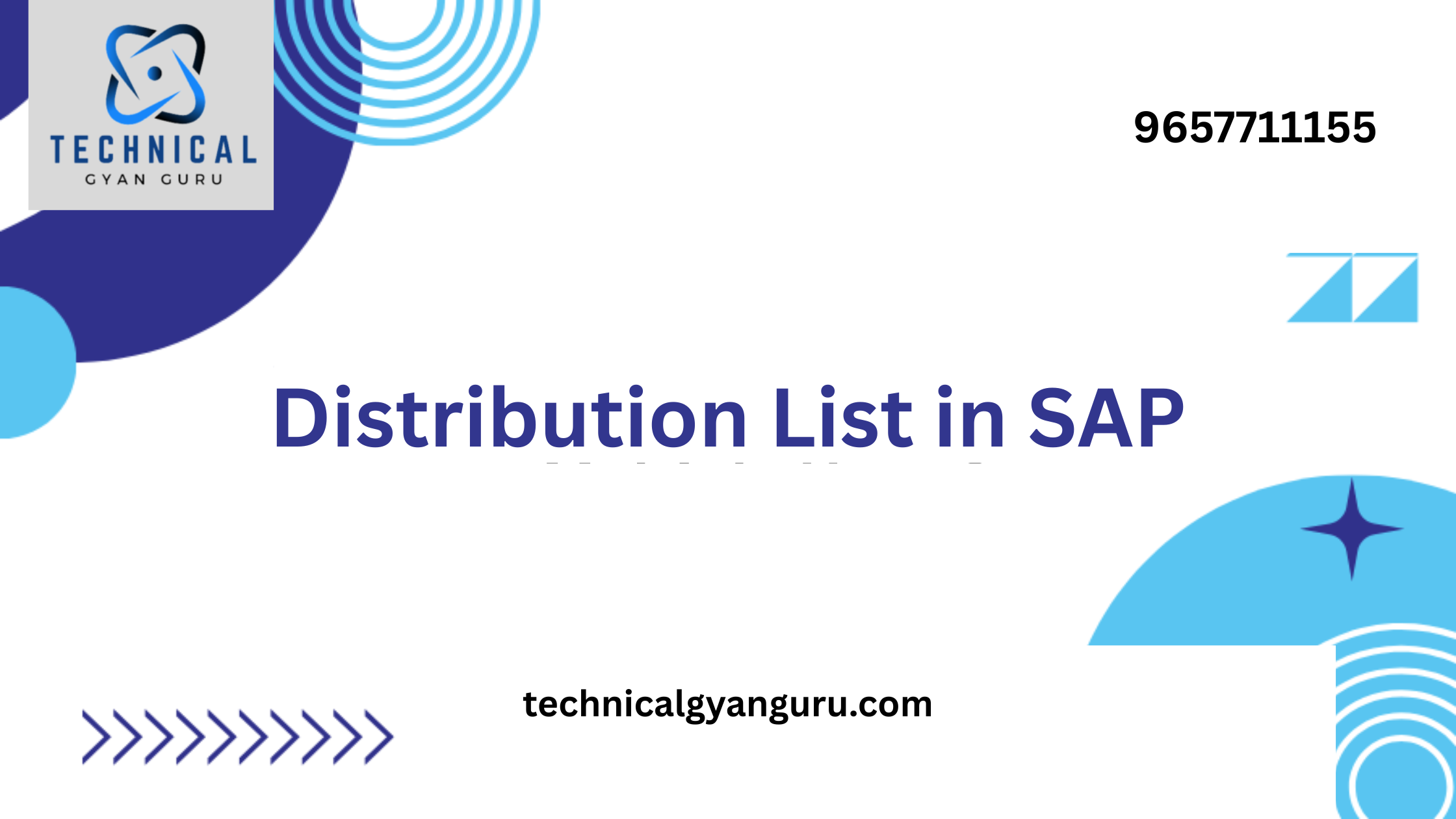
Introduction: Replenishment Lead Time
Replenishment Lead Time: In the dynamic landscape of supply chain management, understanding and effectively managing replenishment lead time is critical. Replenishment lead time represents the duration it takes for a product to be restocked from the moment an order is placed. This comprehensive guide will navigate through the intricacies of replenishment lead time, its significance, and the strategies to optimize this crucial aspect of inventory management.
What is Replenishment Lead Time?
Replenishment lead time is the total time it takes for a product to be ordered, processed, and made available for use again in inventory. It encompasses various stages such as order placement, order processing, manufacturing (if applicable), transportation, and finally, the arrival of goods in the warehouse.
Significance of Replenishment Lead Time:
- Demand Planning:
- Accurate lead time estimation aids in precise demand planning, ensuring that products are available when needed and preventing stockouts.
- Inventory Management:
- Proper lead time management helps optimize inventory levels, preventing excess stock or shortages, ultimately minimizing holding costs.
- Customer Satisfaction:
- Meeting customer expectations relies heavily on timely product availability. Understanding and managing lead times contribute to fulfilling customer orders promptly.
- Supplier Relationships:
- Transparent communication of lead times is crucial for maintaining healthy relationships with suppliers, allowing for effective collaboration and planning.
Factors Influencing Replenishment Lead Time:
- Order Processing Time:
- The time taken to process an order internally, from the moment it is placed to the initiation of the next steps in the supply chain.
- Manufacturing Time (if applicable):
- The time required to manufacture or assemble the products before they are ready for shipment.
- Transportation Time:
- The time it takes for products to be transported from the supplier to the destination warehouse.
- Customs Clearance (for international shipments):
- Delays at customs during international shipments can significantly impact replenishment lead time.
- Supplier Reliability:
- The consistency and reliability of suppliers in fulfilling orders within the agreed-upon timeframes.
Strategies for Optimizing Replenishment Lead Time:
- Supplier Collaboration:
- Establish transparent communication channels with suppliers. Discuss lead times, potential challenges, and work together to streamline the supply chain.
- Safety Stock:
- Maintain a safety stock to act as a buffer against unexpected delays or fluctuations in demand, providing flexibility in managing lead time uncertainties.
- Technology Integration:
- Implement advanced supply chain technologies, such as ERP systems and automated order processing, to enhance efficiency and reduce manual processing time.
- Transportation Optimization:
- Evaluate and optimize transportation routes to minimize transit times and associated costs.
- Continuous Monitoring and Improvement:
- Regularly monitor and analyze lead time performance. Identify areas for improvement and implement strategies to enhance efficiency continually.
- Forecast Accuracy:
- Improve demand forecasting accuracy to ensure that orders are placed in alignment with actual demand, reducing the risk of overstocking or stockouts.
Conclusion:
Effectively managing replenishment lead time is pivotal for organizations striving to build agile and responsive supply chains. By understanding the factors influencing lead time and implementing strategic optimizations, businesses can enhance their overall supply chain efficiency, reduce costs, and ultimately deliver a superior customer experience. As the business landscape evolves, continual monitoring and adaptation of replenishment lead time strategies will be essential for staying competitive and resilient in the ever-changing market.







